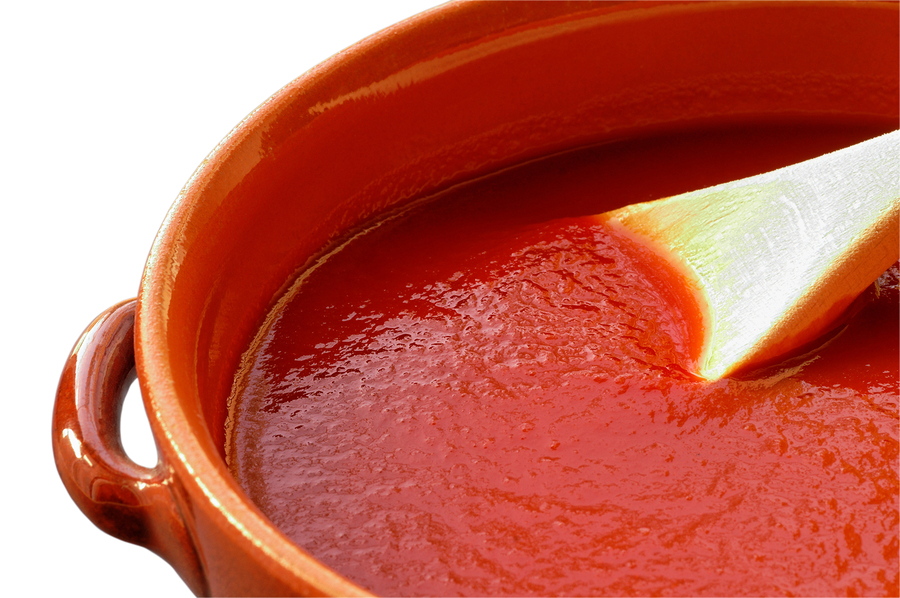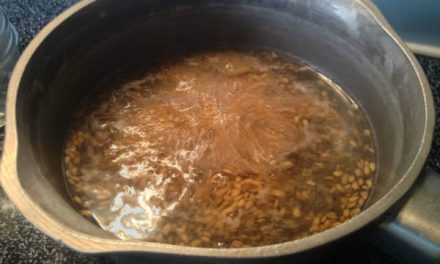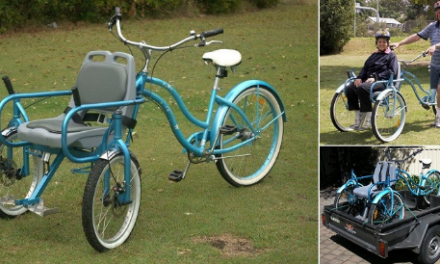Do you have tomatoes running out your ears? Get more. Once you taste genuine homemade spaghetti sauce you will definitely want enough that you never have to resort to store-bought again. When you share it with others, they’ll think that you have an Italian grandma you never told them about.
Here is the step by step for making and canning your own Italian homemade spaghetti sauce taken right from the pages of my book, The Organic Canner. It’s easy, healthy, delicious, and a great way to make use of a bounty of tomatoes. Homemade spaghetti sauce is a galaxy away from the stuff you buy in the grocery store. It’s loaded with vitamins and nutrients, and not tainted by BPA, additives, and high fructose corn syrup. Don’t be put off by the hands-on time needed to make this. Consider that if you made 14 from-scratch spaghetti dinners, it would take you far more time than the six hours that these two batches of sauce took.
If you are planning for a year’s worth of sauce, two marathon canning sessions making 28 quarts will provide you with sauce just over twice a month.
To speed up the process, use a high-quality blender or food processor. I’ve done this with both my Vitamix and my Ninja food processor with excellent results.
The following instructions are for a canner load full of sauce or 7 quarts. If you have more or fewer tomatoes than that, a general rule of thumb is that approximately 1 pound of tomatoes makes 1 quart jar of sauce.
Why I pressure can this recipe
Any time you take liberties with a basic recipe, it is essential to make certain that you are still using the safest practices possible for your family. With the addition of low-acid ingredients like garlic cloves and olive oil, this recipe should be pressure canned to prevent the possibility of botulism. While your grandma may have canned sauce in a water bath canner for 70 years with no ill effects, I strongly recommend using a pressure canner based on research undertaken by The National Center for Home Food Preservation.
Prep the tomatoes
- First, unless you are using a food mill you have to peel your tomatoes. My Tomatoes are organic, so I didn’t have to worry about any nasty pesticide residue. The easiest way to peel tomatoes is to take them from boiling water to an ice bath and then squeeze the guts out of them as follows:First, put water on to boil in a large non-reactive stock pot. You don’t need to wash or cut the tomatoes before blanching them. In batches, place the tomatoes into the boiling water for about 3 minutes (this time is not engraved in stone – don’t panic if you go over the time by a little bit).
- After you scoop the tomatoes out of the boiling water, place them directly into an ice bath and leave them there for at least 3 minutes. I like to use long tongs for this because you transfer less of the hot water into your ice bath.
- Once the tomatoes are cool enough to easily handle, use your fingers to dig the stem end out of the tomato and discard it. Then, squeeze the tomato over your blender – the skin should slide right off and leave you with a blender full of pulp. You don’t need to remove the seeds. Pulse in the blender for about 30 seconds, resulting in a nice slightly chunky puree.
- Meanwhile, using either a food processor or your blender, puree 2 bell peppers (any color), 2 large onions, and 1 or 2 heads of garlic.
- Add the tomatoes and veggies to a large stockpot. Then add the following seasonings – the first amount is per pound of tomatoes, and the second amount is for a 7 quart batch of sauce.
Homemade Spaghetti Sauce Recipe
Seasonings:
1 tbsp sugar – 1/3 cup
1 tsp sea salt – 2 and 1/2 tbsp
1 tsp thyme – 2 and 1/2 tbsp
1 tbsp oregano – 1/3 cup
1 tbsp basil – 1/3 cup
1 pinch powdered clove (trust me!) – 1 tbsp
black pepper to taste
1 pinch paprika (smoked Hungarian if you can find it)2 tbsp – extra virgin olive oil – 2/3 cup
Directions
- With the lid on, bring the sauce to a simmer for about an hour, stirring occasionally. Then, remove the lid, drop the heat and simmer gently for 3 more hours. The lid being off will allow the liquid to evaporate so that the sauce can cook down and thicken.
- When it’s time to can the sauce, don’t worry if the consistency is still a little bit watery. Over its time on the shelf, it will thicken somewhat. If at serving time it is still runnier than you prefer, simply stir in a small tin of tomato paste to thicken it.
- Fill sanitized quart jars with sauce, allowing 1 inch of headspace.
- Wipe the lip of your jars with a cloth dipped in white vinegar and then place the lids on.
- Process the sauce in your pressure canner (here’s how to use a pressure canner) for 25 minutes at 7 pounds of pressure, adjusting for altitude.
- Allow the jars to cool undisturbed for at least 12 hours or until cooled. Test the seals before putting them away.
Now you have many quarts of delicious, authentic Italian marinara sauce to serve at many meals to come. You can use this to make spaghetti and meatballs, chicken Parmesan, as the base of an Italian vegetable soup, or you can thicken it to use as a pizza sauce.
Mangia bene!
(Eat well!)
*Article originally appeared at The Organic Prepper. Daisy Luther is a single mom who lives in a small village in the mountains of Northern California, where she homeschools her youngest daughter and raises veggies, chickens, and a motley assortment of dogs and cats. She is a best-selling author who has written several books, including The Organic Canner, The Pantry Primer: A Prepper’s Guide to Whole Food on a Half-Price Budget, and The Prepper’s Water Survival Guide: Harvest, Treat, and Store Your Most Vital Resource. Daisy is a prolific blogger who has been widely republished throughout alternative media.












